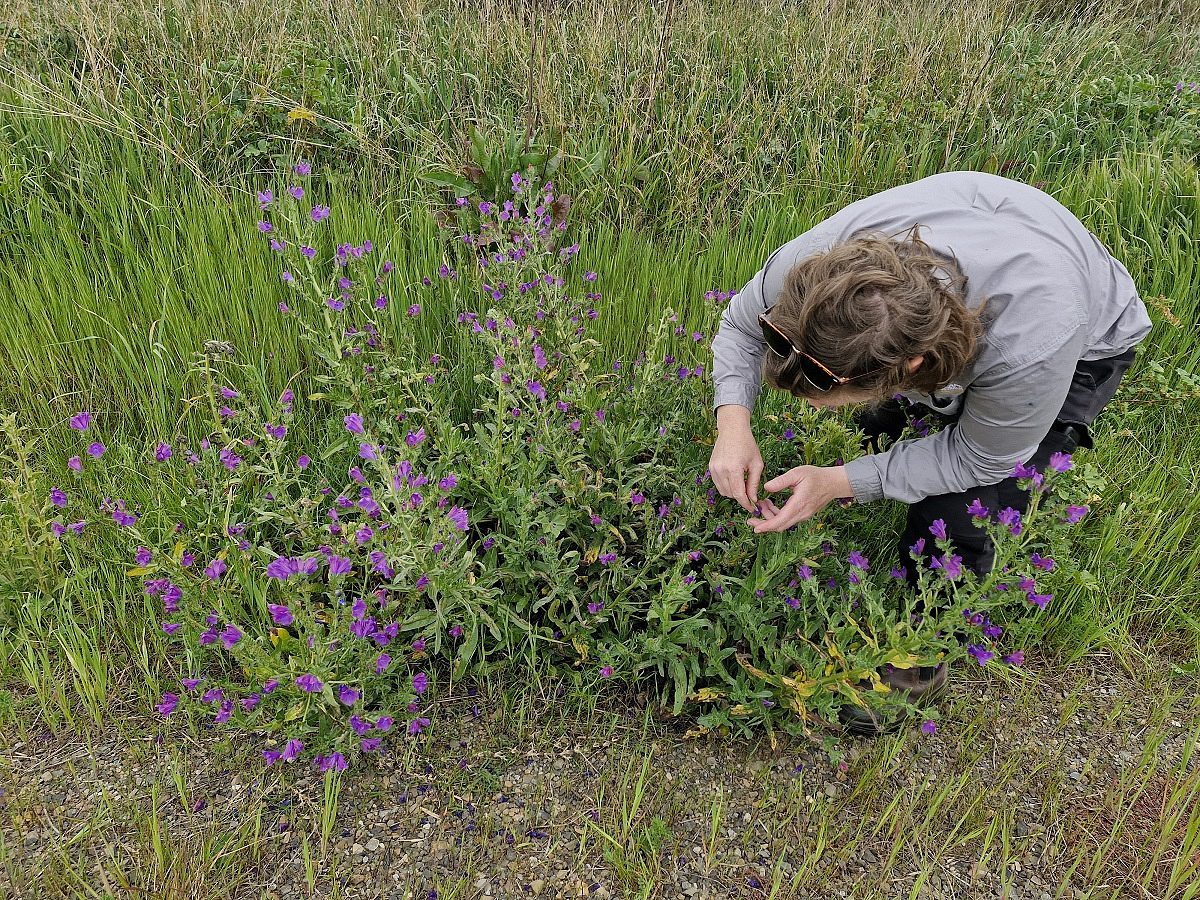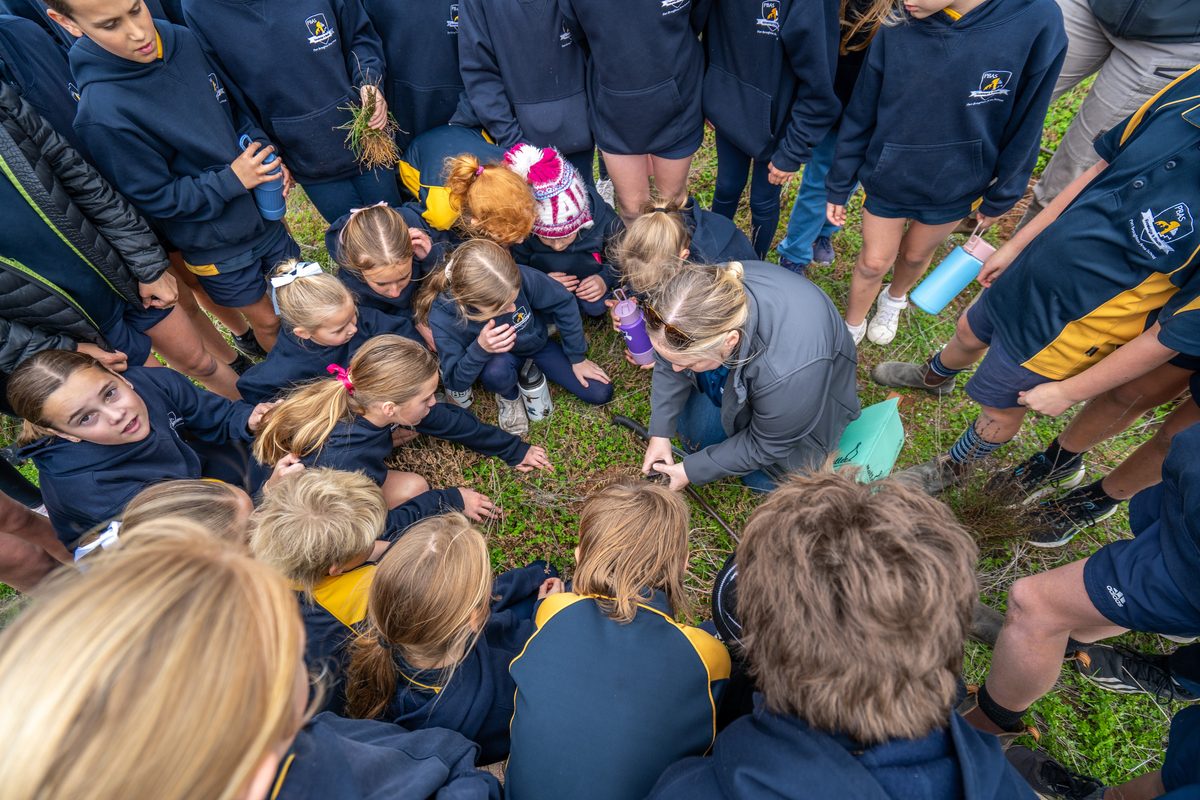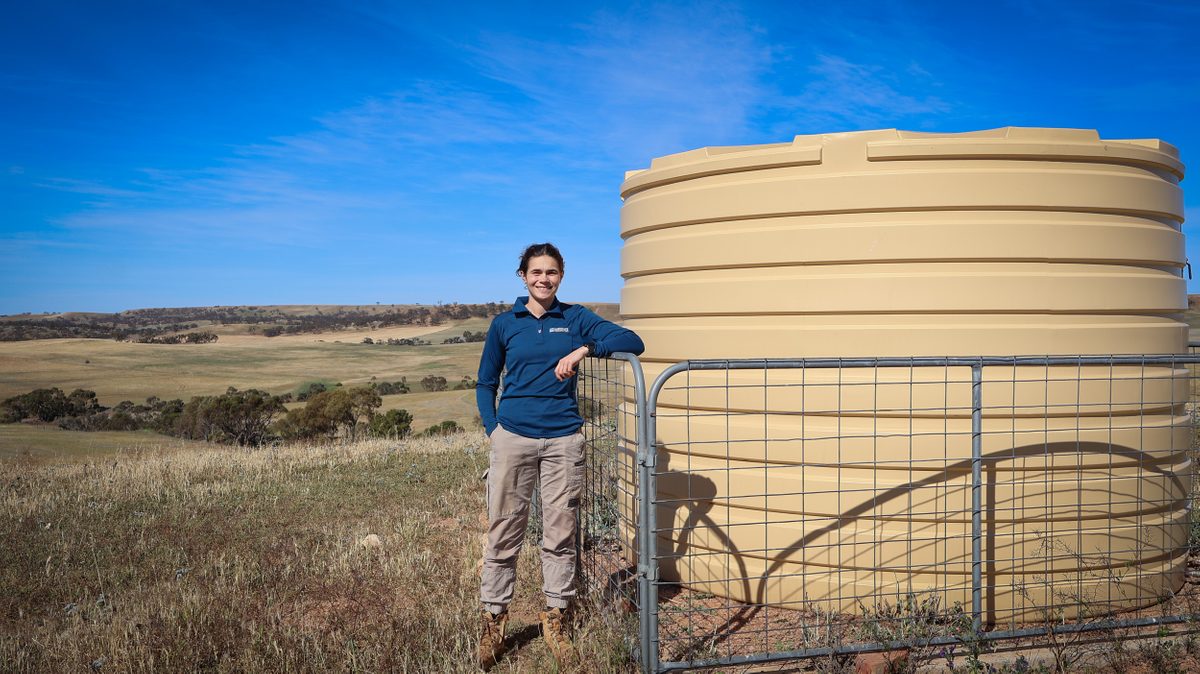Help relocate tiny insects to tackle prickly pest problem
Media release about Cochineal insects as biocontrol agents for pest cacti plants
The Northern and Yorke Landscape Board is calling for help to increase populations of the tiny insect Cochineal (Dactylopius spp.), an effective biocontrol agent for Opuntioid cacti.
A natural enemy of the cactus plant, the small scale insect sucks the sap in the cactus’ pads, drawing moisture and nutrients out of the plant.
Landscape Officer Jessica Cavallo said the community could help the Northern and Yorke Landscape Board by identifying dense cactus plant infestations in the region.
“For such a small insect, Cochineal packs a real punch when it comes to cacti,” she said. “But it’s a victim of its own success. As the cacti die, there is less nourishment available and because Cochineal is primarily transported by the wind, it needs help relocating to a new home.
“We hope the Northern and Yorke community will help us locate large cactus plants so we can build up the Cochineal population for use in controlling this prickly pest across the region.”
While Cochineal is not a silver bullet for complete cactus eradication, according to Mrs Cavallo, it is a cost-effective way of reducing the plant’s size before follow-up herbicide control or manual removal.
“About ten years ago, two of our Landscape Officers released Cochineal on a cactus infestation near the Port Wakefield Highway. It’s taken several years, but that plant is now a shadow of its former self.
“Once the Cochineal has done its work, landowners then have a much easier and less expensive task ahead of them. It’s also a handy option when the cacti are in a location that’s difficult to access.”
Cacti are invasive pest plants that damage stock, wildlife and people in our community. It also invades native vegetation and waterways and can harbour pest animals like foxes, feral cats and rabbits. Many cactus species are declared under the Landscape South Australia Act 2019, requiring landowners to control them on their land.
Cochineal was first brought to Australia by the First Fleet as part of plans to start a Cochineal dye industry. The natural dye carmine is derived from Cochineal insects and at that time, was used to colour clothing. Since then another five species of Cochineal have been introduced, each working best on a specific host cactus.
For more information about controlling cacti, refer to ‘Managing Opuntioid Cacti in Australia: Best practice control manual for Austrocylindropuntia, Cylindropuntia and Opuntia species’.
To notify the Northern and Yorke Landscape Board about a cactus infestation in the region, please call our Clare office on 8841 3444 or email ny.landscapeboard@sa.gov.au.


